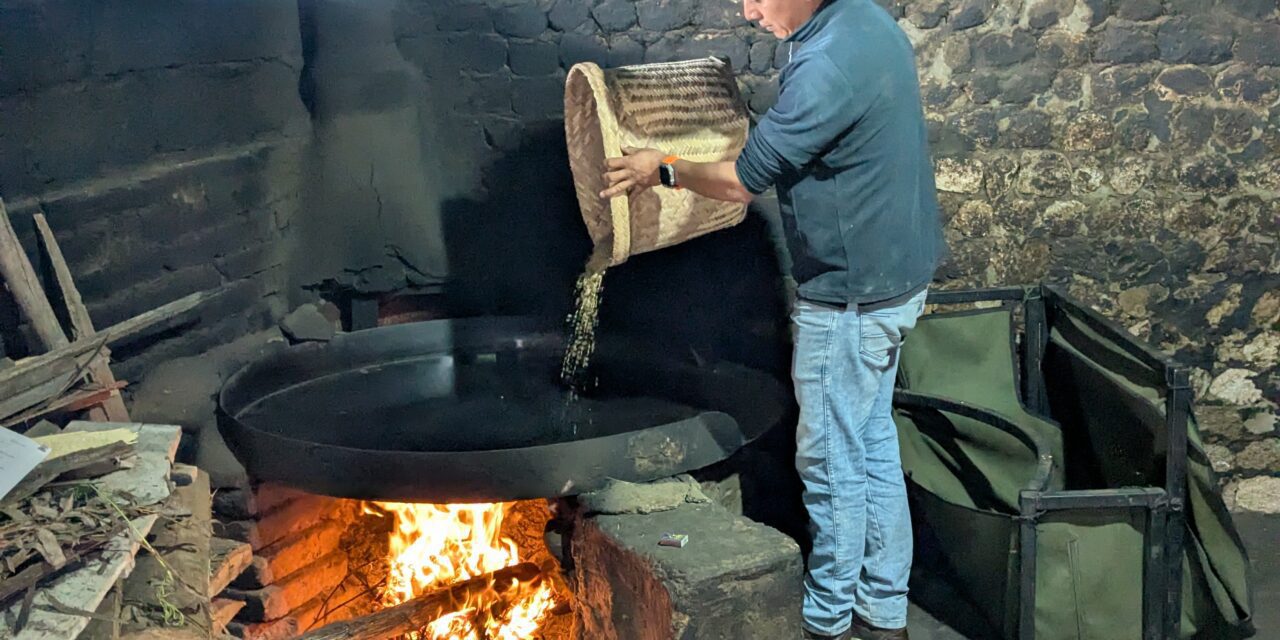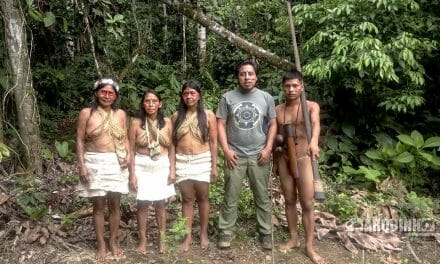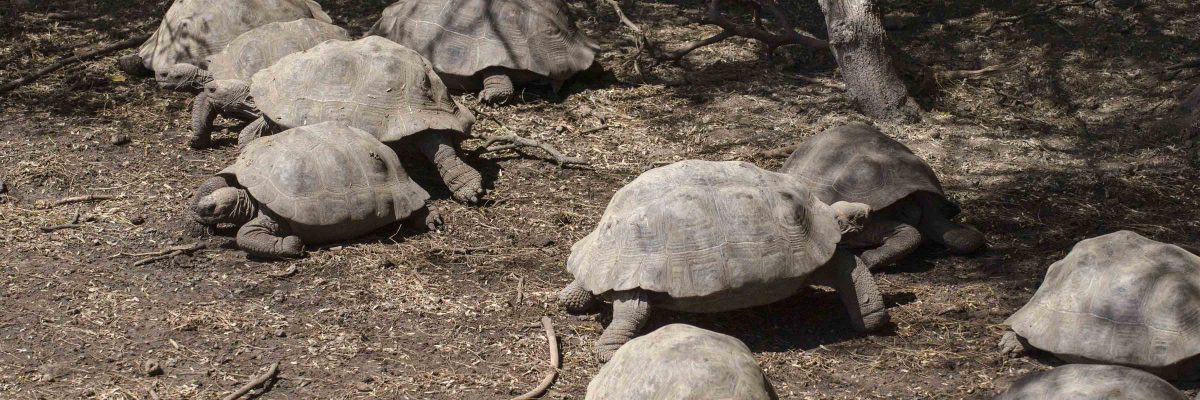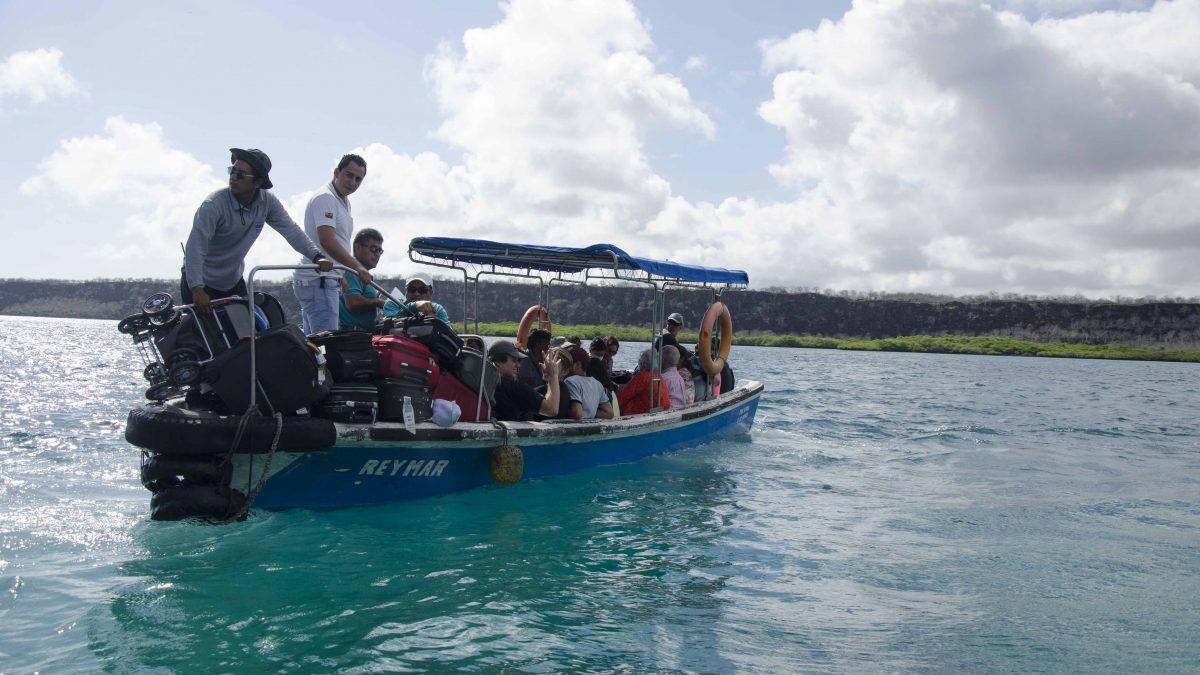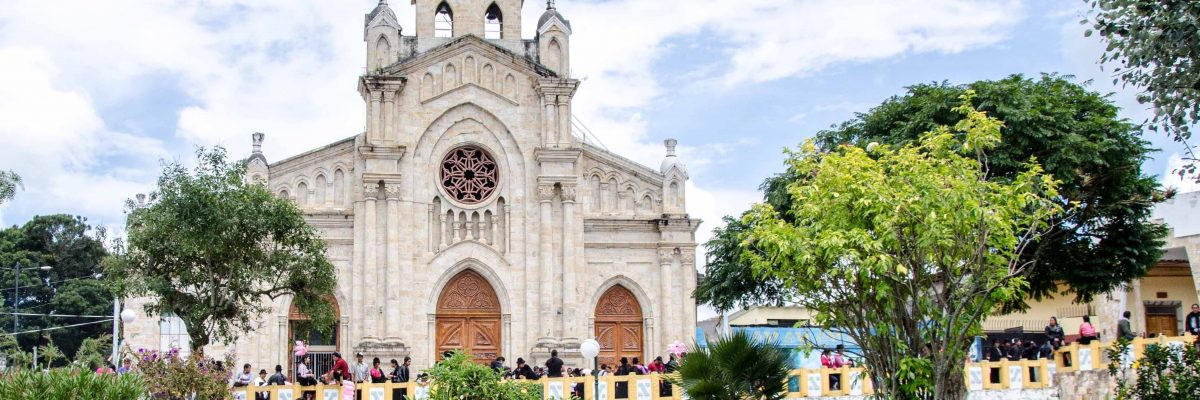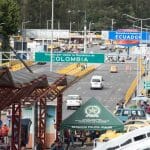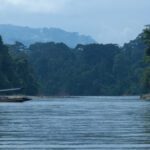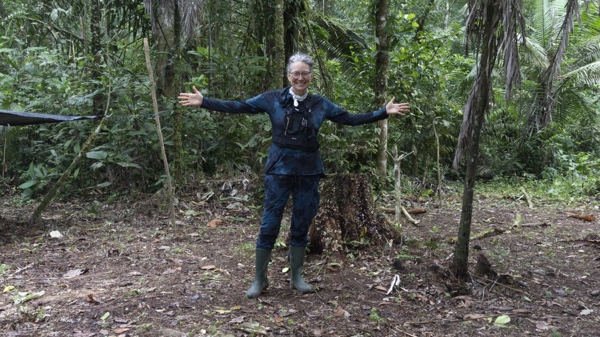As responsible travelers evolve, so do the stories we share.
This article is part of our living archive — trusted content we continue to care for.
First published on April 29, 2025 • Last updated on April 29, 2025.
On the road back from Quilotoa to Quito, there’s a turn that doesn’t show up on most tourist maps, the Ruta de la Máchica, a fifth-generation family-run mill and cultural project led by Freddy Molina, a man whose last name comes from the Spanish word for “miller.” With a long, lean build of someone who’s spent a lifetime working with his hands, Freddy welcomed us wearing a wide-brimmed wool hat trimmed with a band of shimmering gold thread — the only flourish to an otherwise practical outfit of jeans and a branded shirt.
Our guide, Jacquie, had saved this stop as a welcome surprise and a break from the long drive to Quito. What we found there was a celebration of tradition, flavor, and cultural connection.
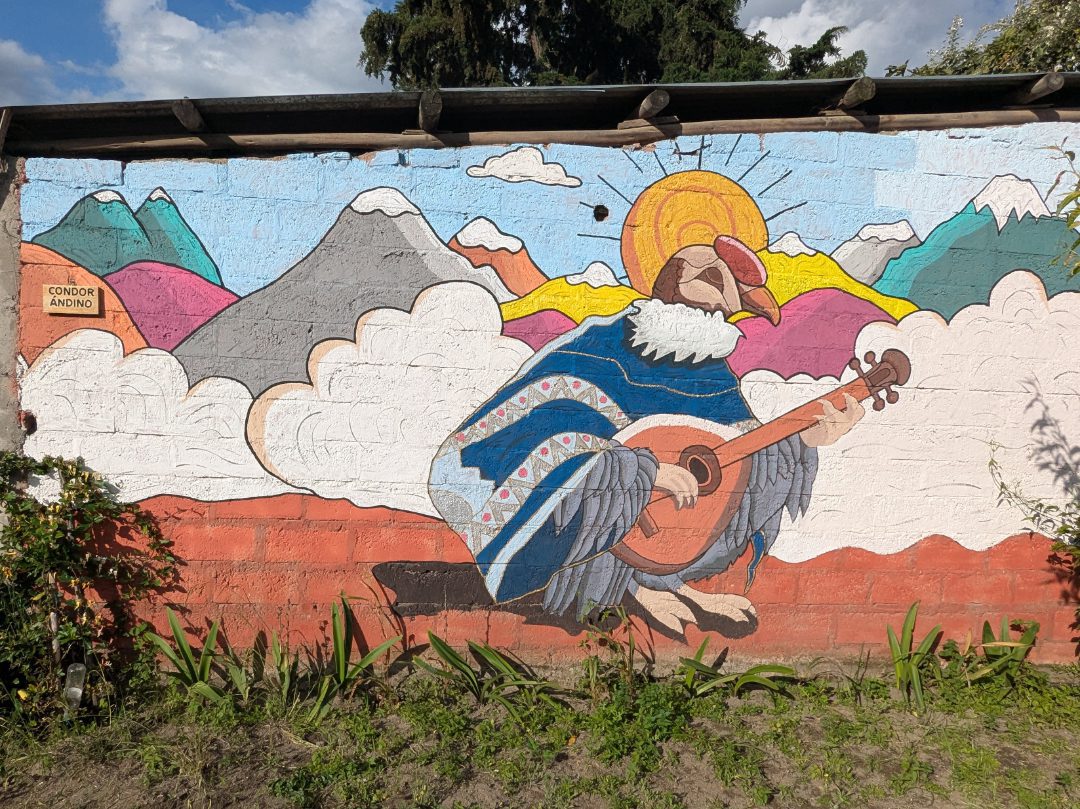
What is Máchica?
Máchica is a toasted barley flour that has nourished the Andean peoples for generations. The process is simple but precise: barley is first harvested, dried, and then toasted over an open flame. Once it reaches the right color and aroma, it’s ground into a fine powder — traditionally on stone, though Freddy now uses an electric mill fitted with a stone wheel to honor the old ways.
In the Ecuadorian highlands, máchica is considered a superfood. It’s rich in nutrients, long-lasting, and endlessly adaptable. It’s carried by farmers into the fields, packed by travelers as a quick energy source, and used in both sacred rituals and everyday meals. This flour is far more than a kitchen staple; it’s a symbol of resilience, identity, and sustainability.
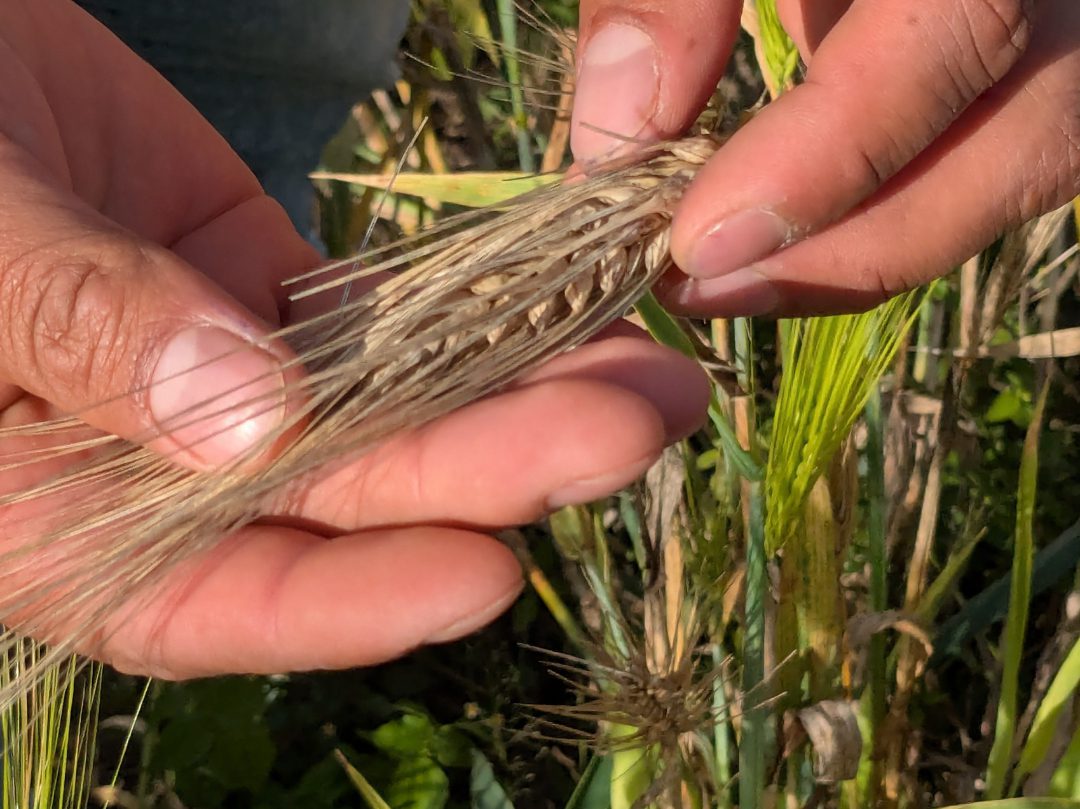
Our Hands-On Experience
Our visit began in the huerta, a thriving garden behind the house and workshop, where we were invited to plant barley seeds in a plot with barley plants of different ages — some barely a week old, others nearly ready for harvest. The huerta also overflowed with purple-stemmed corn, vines of long beans, and aromatic rosemary.
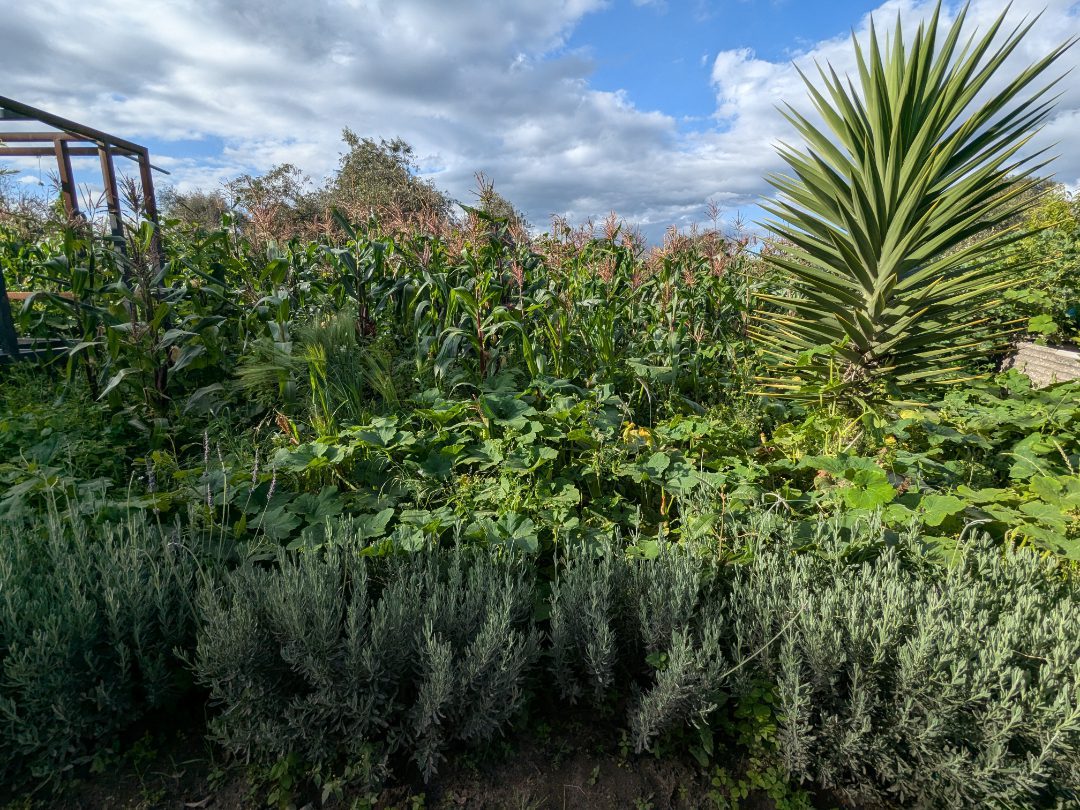
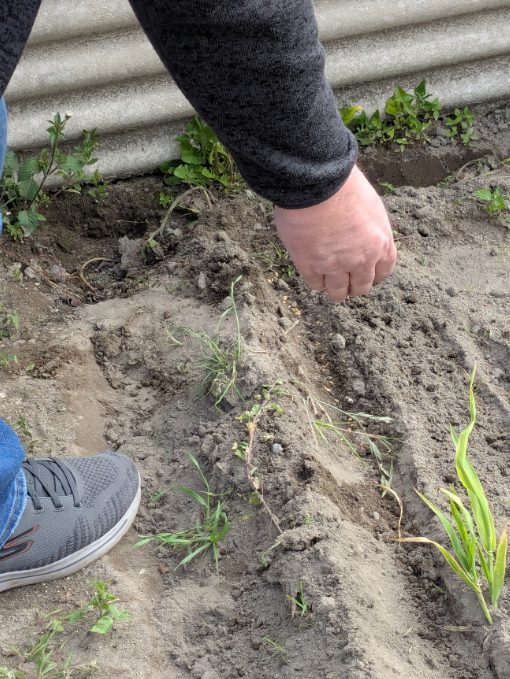
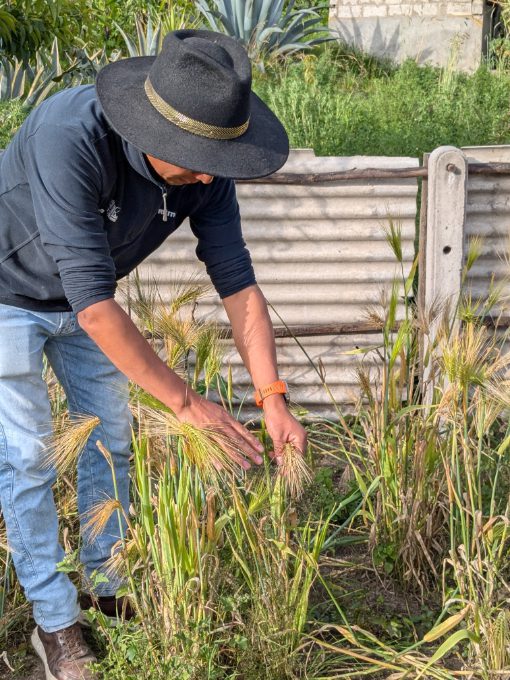
Freddy then walked us through the harvesting process: pulling seeds from mature stalks, removing their hulls, and preparing them for toasting.
At the tiesto, a circular metal pan set over a wood fire, we took turns stirring barley with a long wooden paddle. As the grains began to pop, the air filled with the comforting scent of toasted grain — a moment that felt both deeply familiar and brand new.
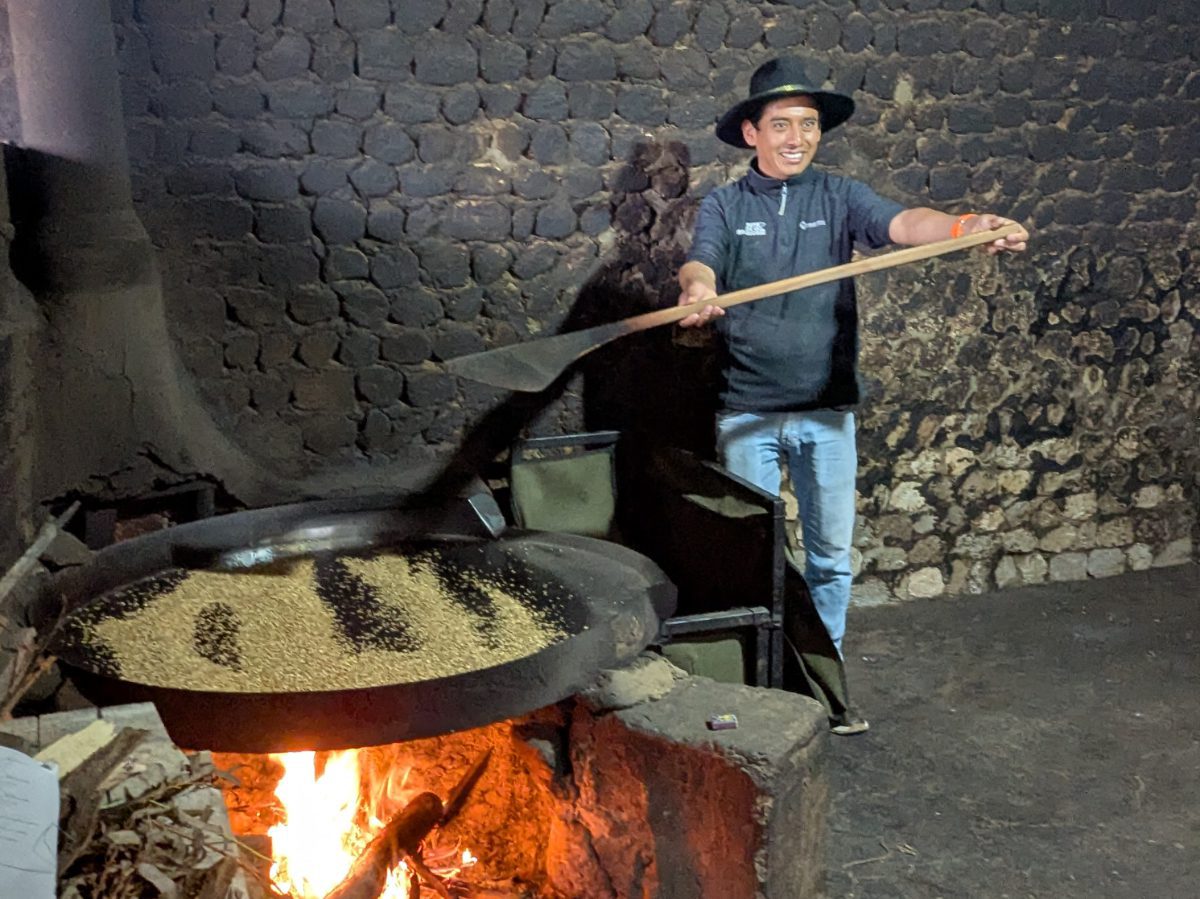
As we waited for the barley to cool, Freddy introduced us to traditional games played during November’s Day of the Dead celebrations: marbles tossed into a basin, and trompos, wooden spinning tops. I even managed to get one to spin, though I’ll need more practice to wind the string tight enough.
Inside the mill, the now-cooled barley transformed into fine flour with a warm, nutty scent. Freddy showed us the byproduct too — a silky residue traditionally used to soothe babies’ skin. Nothing is wasted in this process.

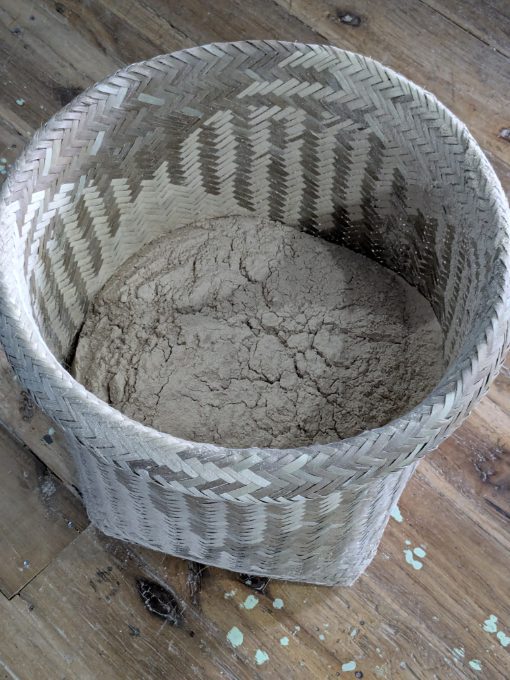
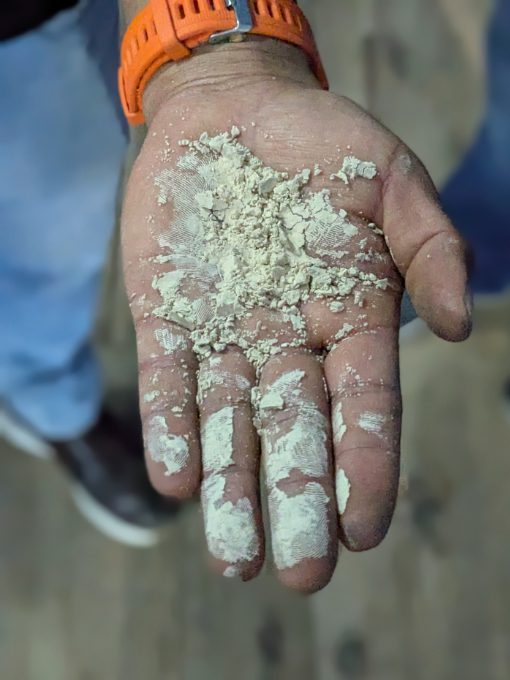
How Máchica is Used
Once you understand how it’s made, you begin to see how máchica fits into daily life in Cotopaxi:
Colada de Máchica: A warm, nourishing drink made with máchica, milk or water, panela (raw cane sugar), and cinnamon. I tasted a small sip and was struck by how much it reminded me of Mexican horchata with a deeper, roasted flavor.
Ice cream and sweets: Freddy offered ice cream, alfajores, and even máchica-infused liquor — all made on-site.
Soup thickener: In traditional dishes, máchica enriches stews and soups, adding body and flavor.
Skincare: The leftover flour from the mill is used as a gentle powder for soothing skin, especially for babies with diaper rash.
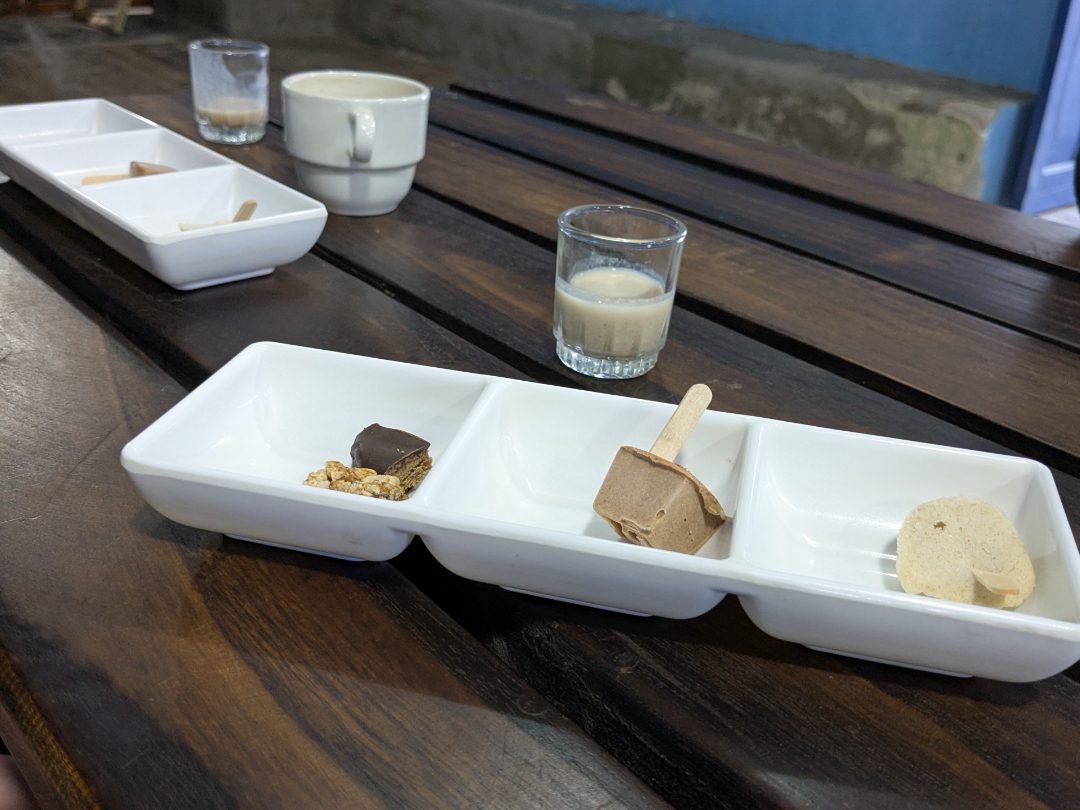
Why Máchica Matters
Máchica is more than an ingredient. It represents a connection — to the land, to tradition, to community. In Latacunga, people proudly call themselves mashqueros, a nickname derived from this humble flour. It shows up in rituals, festivals, school lunches, and roadside stalls, carrying with it stories of perseverance and adaptation.
At Ruta de la Máchica, those stories are alive. They’re painted across the murals of Aya Huma and condors playing guitars, cooked into the drinks and desserts, and etched onto the wall where every visitor signs their name before leaving.
As Freddy told us, by the end of our visit, we weren’t just guests — we were mashqueros de corazón.

Want to Make Your Own Colada de Máchica?
You can bring a taste of the Andes into your kitchen with just a few ingredients. Check out Freddy’s YouTube video.
Or try this simple version of naturally vegan Colada de Máchica:
Ingredients
- 1 liter of plant-based milk or water (Freddy recommends rice milk)
- Cinnamon, clove, or Ishpingo
- Raw panela (or brown sugar) to taste
- ½ cup of máchica (find toasted barley flour on Amazon)
- A pinch of salt (Freddy didn’t use this but a little salt can boost flavor)
Instructions:
- Bring the water/milk mixture with whole spices to a gentle boil.
- Add panela and a pinch of salt.
- Slowly whisk in the máchica to avoid clumps. We do recommend a whisk rather than the fork that Freddy uses in the video.
- Stir over low heat until the mixture thickens to your liking.
- Remove the whole spices before serving.
- Serve warm and enjoy. Or, chill and try it cold on a hot day. Also delicious!
Information For Your Trip
While open from Friday to Sunday, this small, family-run establishment appreciates reservations. Please be sure to contact Freddy Molina before your visit, especially if wanting to visit Monday through Thursday. He can be reached via Facebook, Instagram, or WhatsApp at +593 99 681 7201.
The Ruta de la Máchica is only a short detour off the E35 between Latacunga y Pujili.
- Direction by Car, use WAZE and look for La Ruta de la Máchica.
- Direction by Public Transportation You may take a bus to Latacunga from any major city in Ecuador. From there, we recommend hiring a local taxi.

